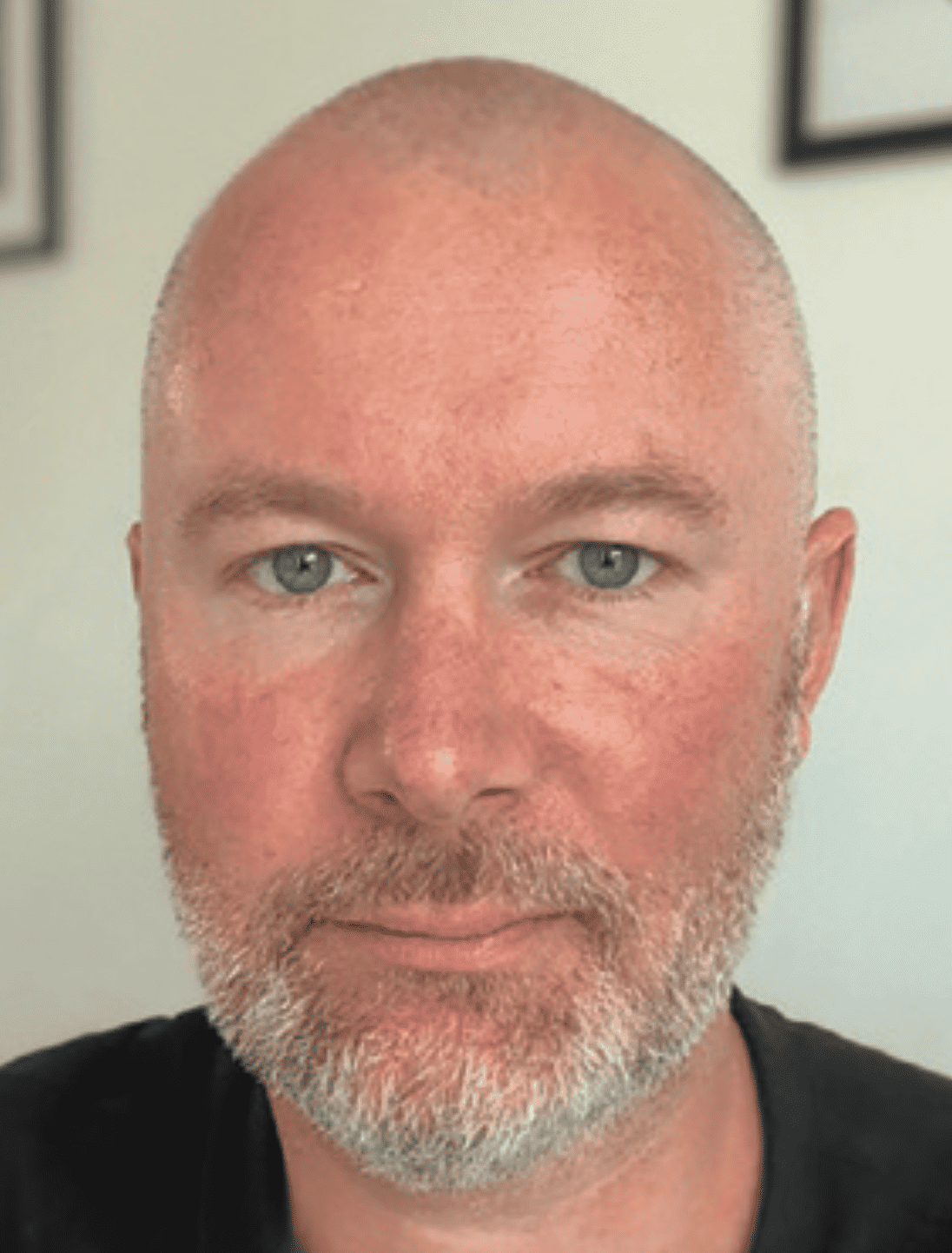

In Ernest Hemingway’s novel, The Sun Also Rises, a character named Mike is asked how he went bankrupt.
‘Two ways,’ he answers. ‘Gradually, then suddenly.’ ‘Then suddenly’ could certainly be used to describe the phenomenon of digital adoption that the health sector has embraced over the last six months.
Thoughts of app-based remote patient care and management were historically put in the box marked ‘aspiration’, and the idea of getting pharma-built tech to be NHS whitelisted was something of a pipe dream.
Smartphone apps for chronic diseases
Over the last two years, we (Teva UK and Ireland and 11 London) have been building comprehensive smartphone apps that help people with chronic diseases, such as multiple sclerosis and migraine, to monitor their health and track the success of their medication.
They’re based on the insight that we’re not very good at remembering how bad we felt even a few weeks ago – and by the same token don’t appreciate how much things improve over time. So meaningful six-monthly meetings with doctors are often skewed from the start.
Both MS Connections and Rain Free Days are designed to be something that patients genuinely want to use and that HCPs can see the purpose of. To create Rain Free Days, we worked closely with staff and patients at the National Migraine Centre and Prof Zameel Cader at The John Radcliffe Hospital, and even teamed up with Dulux/Akzo Nobel to research and create a migraine-friendly colour palette.
But when physicians asked if they could use these apps to manage their patients remotely, we sensed a potentially insurmountable GDPR and pharmacovigilance challenge.
But then, come mid-2020, the digital barometer flicked almost overnight from stormy to fair. The recently set up NHS X now has a stated purpose of ‘supporting the use of new, emergent and effective technologies by the NHS, […] by working with industry’ and Sarah Wilkinson, CEO of NHS Digital, said in October that the NHS had moved to a ‘very different risk appetite: the focus was on delivering capability, even if slightly imperfect’.
What this means is that we are now able to do the previously unthinkable: join all the digital dots together so that patients can talk to doctors via the apps and platforms they’re happily using. We’re now building a portal which doctors can use to see their patients’ app-gathered data over time, talk it through with patients remotely, and so make more informed clinical decisions without needing patients to be physically present.
We’ve also already turned patient information leaflets into a friendly and intuitive chatbot, and harnessed social media to run patient surveys that help us devise content that people actually care about.
Digital care for cancer patients
It’s not just a pharma phenomenon: there has also been a huge digital pivot in how our health charity clients now offer care services. Pre-COVID-19, breast cancer patients wanting to access resources like Breast Cancer Now’s ‘Moving Forward’ course, which supports people to move forward after breast cancer treatment, relied on a nurse referral.
But these mainly hospital-based courses quickly moved online, and now anyone can self-refer through the charity’s website. Their Zoom and Facebook Live events also now happen three times a week rather than fortnightly, with live questions being answered by nurses and peer-to-peer support playing a bigger role, and there are plans for a suite of even more personalised services.
Similarly, CLIC Sargent – the UK’s leading charity for children and young people with cancer – had to think creatively when COVID-19 struck. Frontline social workers quickly adapted their ways of working to deliver face-to-face support from home.
Instagram and IGTV became even more important when reaching isolated young cancer patients, with ‘top tips’ videos on how to take your first socially distanced walk after shielding, and user- generated clips showing the reality of going to hospital in a pandemic. Closed Facebook groups also became a real pillar of support for parents, updating them on how changing government advice affected their situations.
Hemingway said ‘the shortest answer is doing the thing’; we talk about change for years and imagine how things could be better if it weren’t for legal hurdles, fear and cost – and then, all of a sudden, we just do these things.
To quote Sarah Wilkinson again, while we undoubtedly need ‘clearer legislation […], which still respects patients’ rights and choices’, the time is also ripe for everyone involved in healthcare to think in a more joined-up way about the communications links between doctor and patient. Now, the better healthcare system we’ve always wanted has a real chance of existing.
For more information about digital patient communications contact matthew.hunt@11-London.com
Andrew Beardshall is Senior Manager, Patient Solutions at Teva UK and Matt Hunt is Managing Director at health communications agency 11 London






